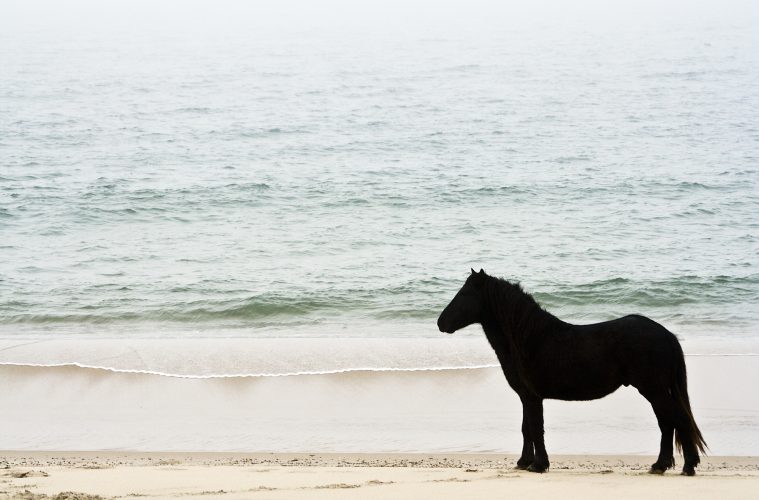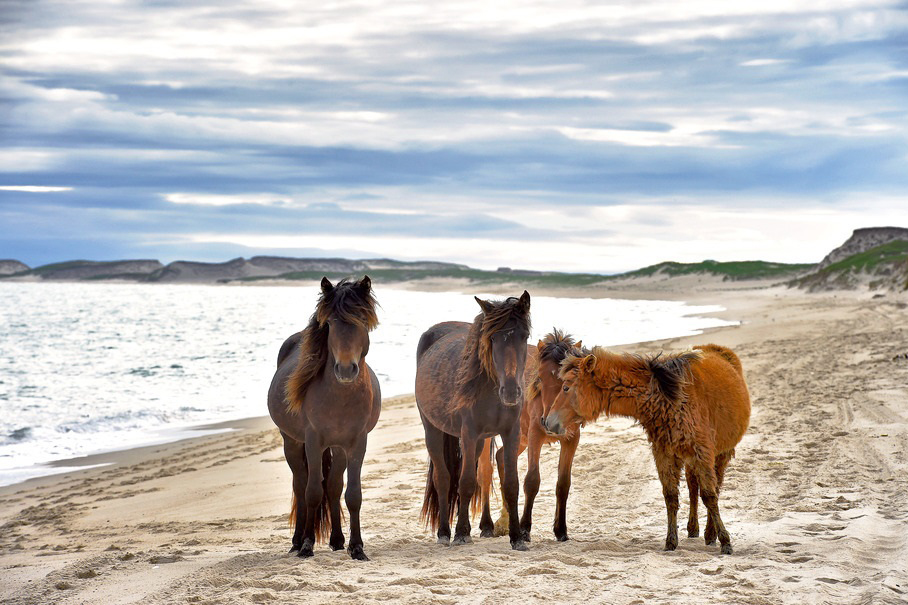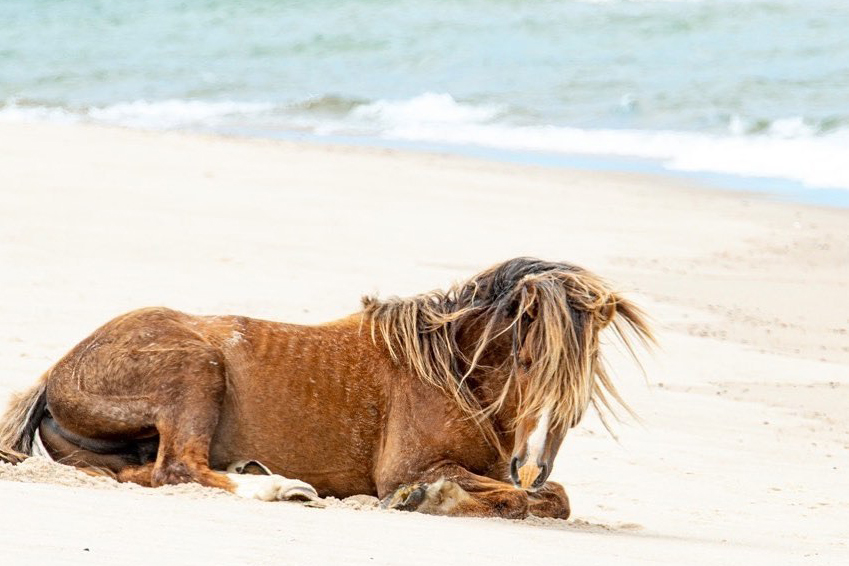
At Work

In the 1800s, the men who stationed on the island used the animals to patrol the area or to pull lifeboats. This happened nearly for a century after which these equines were taken away and sold for use in Canadian coal mines. Luckily, in 1960, the government took the matter in their hands preventing the further removal of the horses.
The Decrease

Though the government tried to prevent the number of horses from dropping down, experts noticed a strange dip in the population of these wild horses. And after further investigation, it transpired that the horses had started disappearing for a multitude of unpalatable reasons.
Shuffling The Pages

The scientists managed to collect data on their dwindling numbers. The last time that veterinary experts had observed the animals was supposedly in the 1970s which acted as a foundation for further research work. Shuffling the old records and research papers, new reasons were given regarding the decreasing number of wildlife.
Research

Based on the previous research, Emily Jenkins who is a veterinarian and parasitologist on the latest research team said that this lack of knowledge left her and the others with only a meager foundation to base their research work upon.
Restrictions

Jenkins, in an interview, told CBC back in March 2019, “There was very, very little that we knew about why horses would die on the island.” She emphasized on the governmental “red tape” program, protecting the animals as it was difficult for Jenkins and the other researchers to gather samples from them for analysis.
Autopsy

The research team comprised of experts from the University of Saskatchewan and Parks Canada. The team came up with a solution according to which they braved the dangerous trip to Sable Island and searched for deceased horses instead. The group returned to the mainland to perform necropsies on a horse and examined the animals’ bones and organs.
